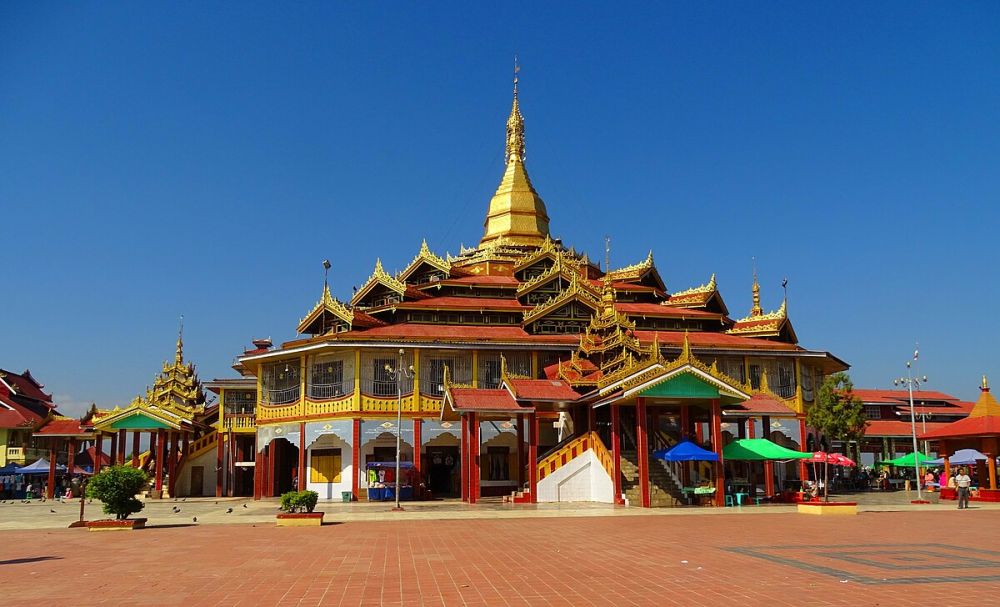

The Phaung Daw Oo Pagoda is a notable shrine and an iconic symbol of spirituality situated on the serene waters of Inle Lake in Myanmar. This pagoda is famous for housing five ancient gold-leaf-covered Buddha images. The history of tourism surrounding the Phaung Daw Oo Pagoda is intertwined with the larger history of tourism in Myanmar.
The origins of the pagoda are steeped in myths and legends, with the site believed to have been established over 800 years ago. The Phaung Daw Oo Pagoda gained prominence among locals for its religious significance and among travelers for its unique location and cultural value.
Tourism at Inle Lake, and at Phaung Daw Oo Pagoda, specifically, began to take shape in the early 20th century. Initially, it attracted intrepid explorers and colonial officials during the British rule over Myanmar, formerly known as Burma. After the country's independence in 1948 and later opening-up in the late 20th century, global travelers started to list Myanmar as a must-visit destination, with Inle Lake being a key attraction.
In recent years, the local government has recognized the importance of the Phaung Daw Oo Pagoda and Inle Lake for tourism and has made efforts to promote it more broadly. Infrastructure to support tourists has improved, with better accommodations, transportation, and guided tours. The site now features prominently in the itineraries of most travelers to Myanmar.
Eco-tourism and cultural tourism have emerged as significant trends in the region, with visitors seeking authentic experiences and self-sustainable activities. Tourists are increasingly aware of the fragile ecosystem of Inle Lake and are looking for ways to enjoy its beauty without contributing to environmental degradation.
A major draw is the annual Phaung Daw Oo Pagoda Festival, usually held in October. During this time, four of the five Buddha images are placed on a replica royal barge and taken in procession around Inle Lake, stopping at each village to be venerated. This event is a significant driver of tourism, with thousands flocking to the region to witness the cultural spectacle.
With the developments in Myanmar and the fluctuating political climate, tourism has faced its challenges. However, the allure of the Phaung Daw Oo Pagoda remains strong. It continues to be a beacon of heritage and spirituality, drawing visitors from around the world who seek a peaceful, enriching experience amidst the history and culture of Myanmar.
The Phaung Daw Oo Pagoda stands as a testament to Myanmar's rich cultural tapestry. The evolution of tourism around this sacred site demonstrates the enduring appeal of authentic cultural encounters and the global desire to protect and celebrate unique destinations.